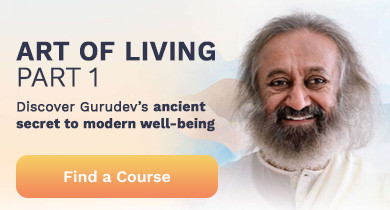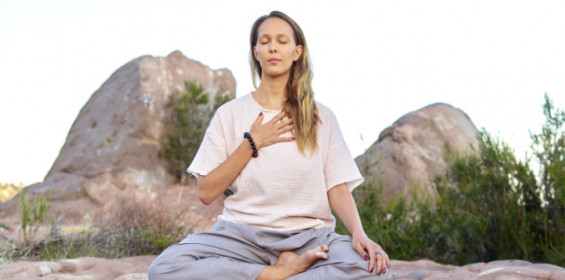By Elizabeth Herman | Posted: December 23, 2019
Do you ever have guests who don’t remove their shoes when they enter your home? As someone who has adopted this practice, I sometimes find it awkward to ask visitors to leave their shoes at the front door. And when repairmen or the landlord arrive, I don’t remind them, and simply allow them to keep their shoes on while they do their work.
I really don’t mean to annoy others who enter my home by asking them to take off their shoes, but it makes me feel uncomfortable when they keep their shoes on. As a host, it’s easier to make others comfortable when I am comfortable, so I find I can be more effective at entertaining when I assert my wishes on the matter of wearing shoes indoors.
Health concerns research
According to research, shoes from outside can bring a lot of different undesirables into our homes, such as deadly E. Coli bacteria and a recently discovered Clostridium Difficile bacteria, which causes inflammation of the colon that can be life-threatening.
And the debate about how necessary this practice is for our health rages on. A recent New York Times article by Christopher Mele takes a middle of the road approach, recognizing shoe removal as a cultural custom that should be respected, but not as a life or death decision. In other words, some researchers feel that keeping your shoes on poses relatively less of a health risk than other dangerous habits.
Other risks of contamination with disease probably are more dangerous, such as dirty sponges in the kitchen or bathroom sinks, a sick member of the household, or nearby reptiles like snakes, turtles, and frogs, which could carry salmonella. And the exposure to some dirt can be helpful in strengthening immune systems, especially in children, who can benefit from being out in the garden to see where their fresh, nutritious food comes from.
One of the most important health practices is still washing your hands with soap and water, especially after coming in from outside. The most likely way for shoe bacteria to infect someone is if the person touches the soles of their shoes and then eats without washing their hands, or if they eat food that has been on the floor. These actions would be more dangerous than keeping shoes on. Healthy adults should still be mindful of the effects of wearing shoes in the house particularly on children and elders who may also be using the home as well, and who are more easily compromised than the healthy adult shoe wearer.
Another reason to remove shoes in homes derives from the fact that floors in public bathrooms are also areas where dangerous bacteria thrive. It’s definitely a good practice to keep your belongings, like purses and water bottles, hanging from hooks and off the floor in public bathroom stalls. Lisa A. Cuchara notes that “the floor in a public restroom has around two million bacteria per square inch. A toilet seat, on the other hand, has an average of about 50 per square inch.” So once your shoes have been on a public bathroom floor, you’ll carry some of those organisms with you wherever you go. So it makes sense to be aware and remove them when you enter someone’s home.
Being sensible
Even though I grew up in a culture where keeping one’s shoes on was the norm, I have changed my thinking and become settled on shoe removal to the greatest extent possible. I find it the most sensible way to address both customs and hygiene in an increasingly diverse world.
When visiting others’ homes, I find it’s usually a good idea to ask where to place my shoes upon entering. If a shoe rack is already visible at the front door, asking becomes unnecessary, and I simply leave my shoes with all the rest.
There’s no sense becoming alarmed about the differences between people who promote their native customs of removing or not removing shoes. However, a measure of respect, awareness, and etiquette can go a long way toward creating a culture where values of health, informality, less stress, and friendliness can thrive.
Elizabeth Herman writes, offers writing support to clients, teaches, and volunteers for a better world. She has a PhD in Rhetoric, Composition and Literature. Find her on Facebook or Twitter.





























